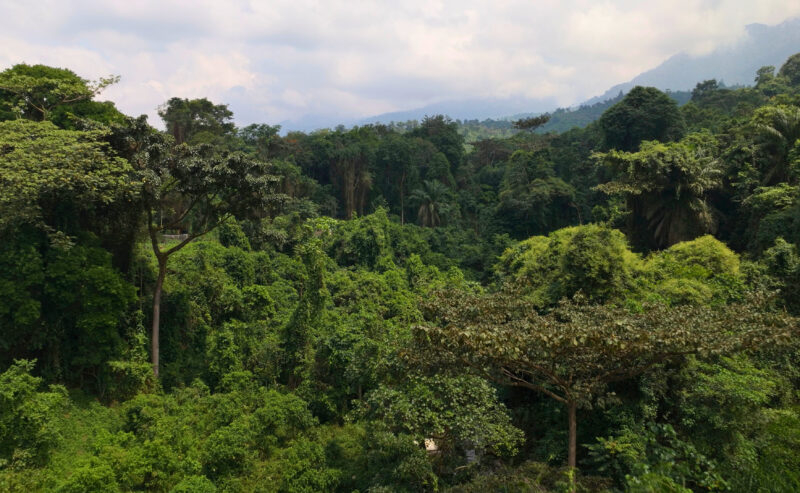
Contribute to the Century Ahead >
The world’s entire population of endangered mountain gorillas reside between the Virunga Massif and Bwindi Forest, which together span parts of the DRC, Uganda, and Rwanda. The protected montane forests of Virunga National Park are home to more than one third of the global population and saw six newborns in 2022 alone.
Discover what observation and conservation efforts have revealed about this treasured yet endangered great ape.
Read More
Learn more about the threats Virunga’s mountain gorillas face and what’s being done to help increase their numbers.
Read More
Meet the habituated mountain gorilla families of the Park, each with its unique history and family dynamic.
Read More
Silverbacks are the dominant males of gorilla society. Find out more about their behaviour and characteristics
Read More
By adopting a gorilla with Virunga National Park, you support Rangers, community trackers, and gorilla doctors committed to safeguarding the Park’s wild mountain and eastern lowland gorilla populations.
Adopt Now